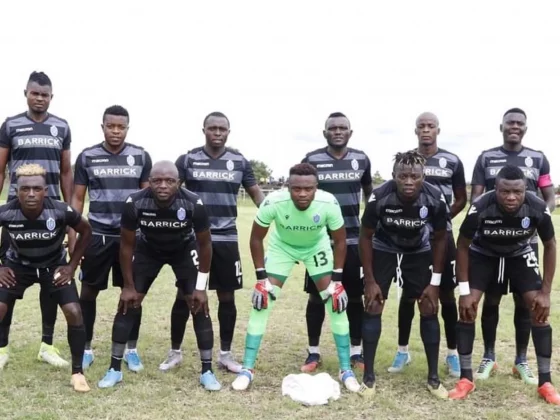 Water Development, Sanitation and Environmental Protection Minister, Jonas Chanda
Water Development, Sanitation and Environmental Protection Minister, Jonas Chanda
SANFROSSA MANYINDA writes
@SunZambian
GOVERNMENT has directed that investigations must be instituted on the levels of pollution and encroachment on the Kafubu River in Ndola.Water Development, Sanitation and Environmental Protection Minister, Jonas Chanda, issued the directive at the weekend.Dr Chanda said Water Resources Management Authority (WARMA), the Zambia Environmental Management Agency (ZEMA), and the Kafubu Water Supply and Sanitation Company (KWSSC) should carry out investigations.He explained that the Kafubu River was a life-blood for water supply to the entire south population of Ndola and other areas.He was speaking in KX area in Kabushi Constituency in Ndola when he inspected the Kafubu River, which was visibly polluted with discoloured smelly water.Houses have also been constructed along the river with soak-away toilets in water recharge areas, polluting both surface and underground water.Some residents were also involved in gardening activities with some of them discharging raw sewer into the Kafubu River.“I wonder why WARMA, ZEMA and Ndola City Council have not acted in line with the law to prevent encroachment and pollution on the Kafubu River,” he wondered.The minister has since directed WARMA, ZEMA, and KWSSC, in collaboration with Ndola City Council, to submit a comprehensive report on pollution and encroachment levels on the river within a week.Dr. Chanda said the levels of pollution and encroachment on the Kafubu River were totally unacceptable as they posed a serious health hazards to people.Pollution and encroachment, he said, could cause diseases including hepatitis, cholera, dysentery and typhoid.He said that the river also risked drying up completely.Meanwhile, Dr Chanda said his Ministry would soon come up with a Statutory Instrument (SI) to protect all water resource and recharge points in catchment and sub-catchment areas, and water bodies, from illegal human and industrial activities.
The SI would be based on Section 29 of the Water Resources Management Act No 21 of 2011, as well as the Environmental Management Act.





